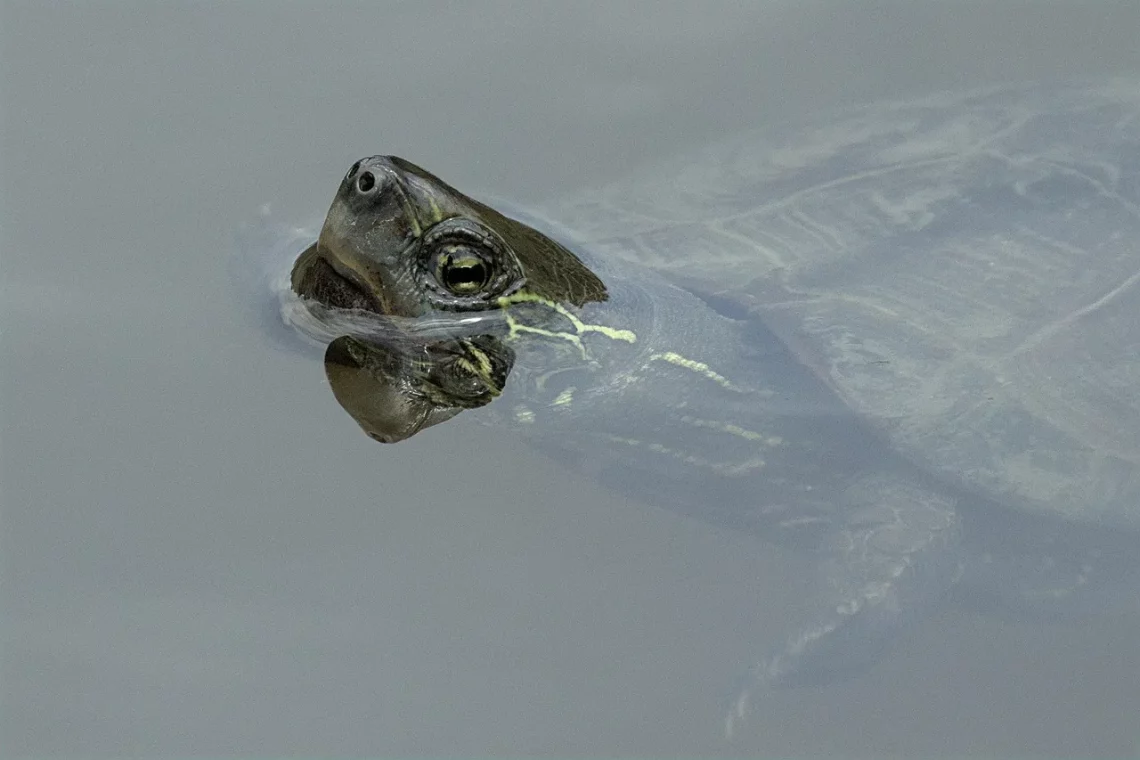
Essential Guide to Yellow Slider Turtle Care for Beginners
Caring for a pet turtle can be a rewarding experience, yet it requires a significant commitment to ensure their health and happiness. Among the various species available to pet enthusiasts, the Yellow Slider Turtle stands out due to its vibrant coloration and active demeanor. These aquatic reptiles are not only fascinating to observe, but they also require specific care to thrive in a home environment.
Understanding their natural habitat and lifestyle is crucial for any prospective owner. Yellow Slider Turtles are native to various freshwater regions and exhibit behaviors that are reflective of their aquatic nature. They need ample space to swim and explore, along with proper lighting and dietary needs to mimic their natural conditions.
As a beginner, it’s essential to familiarize yourself with the various aspects of turtle care, from tank setup to feeding practices. This guide will provide you with the foundational knowledge required to create a suitable environment for your Yellow Slider Turtle, ensuring that you can enjoy a long and healthy relationship with your new pet.
Creating the Ideal Habitat for Your Turtle
When setting up a habitat for your Yellow Slider Turtle, the first consideration is the size of the tank. A larger tank is always preferable, as these turtles can grow to be quite sizeable. A minimum of 40 gallons is recommended for a single turtle, with additional space for each additional turtle you might have. This ensures they have plenty of room to swim, bask, and explore.
Water quality is another critical factor. Turtles produce waste, which can quickly contaminate their environment. A high-quality filtration system is essential to keep the water clean and safe. Additionally, regular water changes—approximately 25% weekly—should be part of your maintenance routine. The water temperature should be kept between 75°F and 80°F to mimic their natural habitat.
Basking areas are equally important. Turtles need a dry spot to bask and regulate their body temperature. A basking platform, which should be positioned under a UVB light, allows them to absorb essential UV rays. The basking area should be kept at a temperature of around 85°F to 90°F.
Lastly, incorporating plants and hiding spots can help create a more enriching environment. Live plants can help improve water quality, while decorations provide shelter and stimulation for your turtle. Ensure that any items added to the tank are safe and non-toxic for your pet.
Feeding Your Yellow Slider Turtle
Diet plays a vital role in the health and well-being of your Yellow Slider Turtle. In the wild, these turtles are omnivores, consuming a mix of aquatic plants, insects, and small fish. To replicate their natural diet, it’s essential to provide a balanced variety of foods.
Commercial turtle pellets can form the basis of their diet, but they should not be the only food offered. Fresh vegetables such as romaine lettuce, kale, and carrots can make up a significant portion of their intake. It’s important to chop these into manageable pieces to facilitate easy eating.
In addition to plant matter, protein sources are crucial. Offering small amounts of fish, shrimp, or worms can provide the necessary protein. However, be cautious not to overfeed, as turtles can become obese, leading to health issues. A good rule of thumb is to feed them once a day, only as much as they can consume in a few minutes.
Supplements may also be necessary to ensure your turtle receives adequate vitamins and minerals. A calcium supplement is particularly important for their shell health. Dusting their food with a calcium powder a few times a week can help maintain strong shells and prevent metabolic bone disease.
Finally, always ensure that fresh, clean water is available for your turtle to drink. This is crucial for their overall hydration and health.
Understanding Health and Behavior
Observing your Yellow Slider Turtle’s behavior can provide valuable insights into their health. Healthy turtles are typically active and exhibit normal swimming patterns. If you notice lethargy, a lack of appetite, or unusual swimming behavior, these could be signs of underlying health issues.
Common health problems in turtles can include respiratory infections, shell rot, and parasites. Maintaining a clean habitat with proper water quality is essential for preventing many of these conditions. Additionally, regular veterinary check-ups can help catch any potential issues early on.
Behaviorally, turtles may bask frequently or hide away; both behaviors can be normal. Basking is essential for their health, as it helps regulate their body temperature and allows them to absorb UVB light, which is crucial for calcium metabolism.
If you notice your turtle basking excessively or showing signs of distress, it could indicate a problem with their environment or health. It’s essential to take action quickly if you suspect any issues.
Also, consider that Yellow Slider Turtles can be social creatures. While they do not require companionship, providing environmental enrichment through toys and interaction can help keep them mentally stimulated and happy.
Maintaining Your Turtle’s Environment
Regular maintenance of your turtle’s environment is crucial for their overall well-being. This includes not only cleaning the tank but also ensuring that all components of their habitat are functioning correctly.
Start with the tank itself. It’s important to perform routine cleanings to prevent algae buildup and maintain water quality. Use a siphon to remove waste from the substrate, and scrub the tank walls with a non-toxic cleaner. Avoid using harsh chemicals, as they can harm your turtle.
Check the filtration system regularly to ensure it is operating efficiently. Replace filter media as recommended by the manufacturer. Additionally, monitor the water temperature and ensure that heaters and lights are functioning as intended.
Lighting is another critical aspect to maintain. UVB lighting should be replaced every six months to ensure your turtle receives adequate exposure to essential rays. A timer can help automate the lighting cycle, mimicking natural day and night patterns.
Finally, keep an eye on the health of any live plants in the tank. Remove any decaying foliage to prevent water quality issues.
By establishing a consistent maintenance routine, you’ll create a stable environment that allows your Yellow Slider Turtle to thrive.
In conclusion, caring for a Yellow Slider Turtle involves understanding their needs and providing a suitable habitat, balanced diet, and regular monitoring of their health. By following these guidelines, you can ensure that your turtle lives a long and healthy life.
**Disclaimer:** This article is for informational purposes only and is not intended as medical advice. Always consult a veterinarian for any health concerns regarding your pet.




